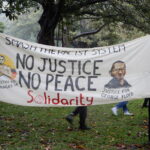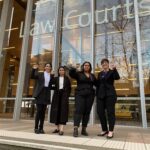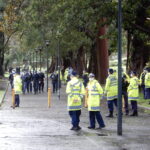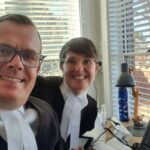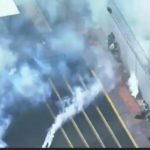Just Another Day in the Colony: State Violence Towards First Nations Continues
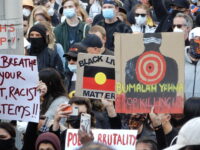
Just released by the ABC, March 2018 CCTV footage showing NT police assaulting and abusing young First Nations boys in the Alice Springs lockup is not only sickening, but it’s yet more proof that while many consider the colonial project in this country to be a thing of the past, it’s an ongoing process.
The footage shows five Aboriginal boys between the ages of 12 and 16 at the central Australian watchhouse over allegedly stealing a car being threatened, mocked, chocked, abused and physically assaulted by law enforcement in a manner that reeks of being common practice.
The main officer, who’d be described as a thug if he wasn’t in uniform, significantly roughs up one teen, prior to telling the others that he’s more than willing to lose his job over belting “the fuck out” any of them.
The NT Ombudsman has stated that the greying thug and another officer faced disciplinary proceedings following the incident, although NT police weren’t willing to disclose the outcome of the investigation.
And rather than this being an anomaly, the sad truth is that the British occupation of this continent commenced using such violence to secure land and resources, and the police have always been – and continue to be – one of the key arms of the settler colonial assault on First Nations peoples.
Prejudice required
Over the last 6 months, there have been numerous law enforcement assaults openly displaying that when it comes to Aboriginal and Torres Strait Islander peoples, police across all jurisdictions are operating under a different set of rules, which hearken back to the initial days of the colony.
Only days after the US police killing of George Floyd had the globe questioning police violence against black people, a NSW police officer had no qualms about sweeping out a 16-year-old Aboriginal boy’s legs from under him and slamming him face first into the ground in Surry Hills.
And just to ensure that everyone is aware how his police officers should be conducting themselves in the field, NSW police commissioner Mick Fuller shrugged off the assault of the teenager as the constable having “a bad day”, indicating what sort of behaviour doesn’t require rebuke.
Then, during the same month of June, another NSW police officer was captured on video repeatedly tasering an Indigenous man in a Darlinghurst park. The man cried out that he wasn’t resisting police, as the officer tasered him multiple times, including a number directly towards his face.
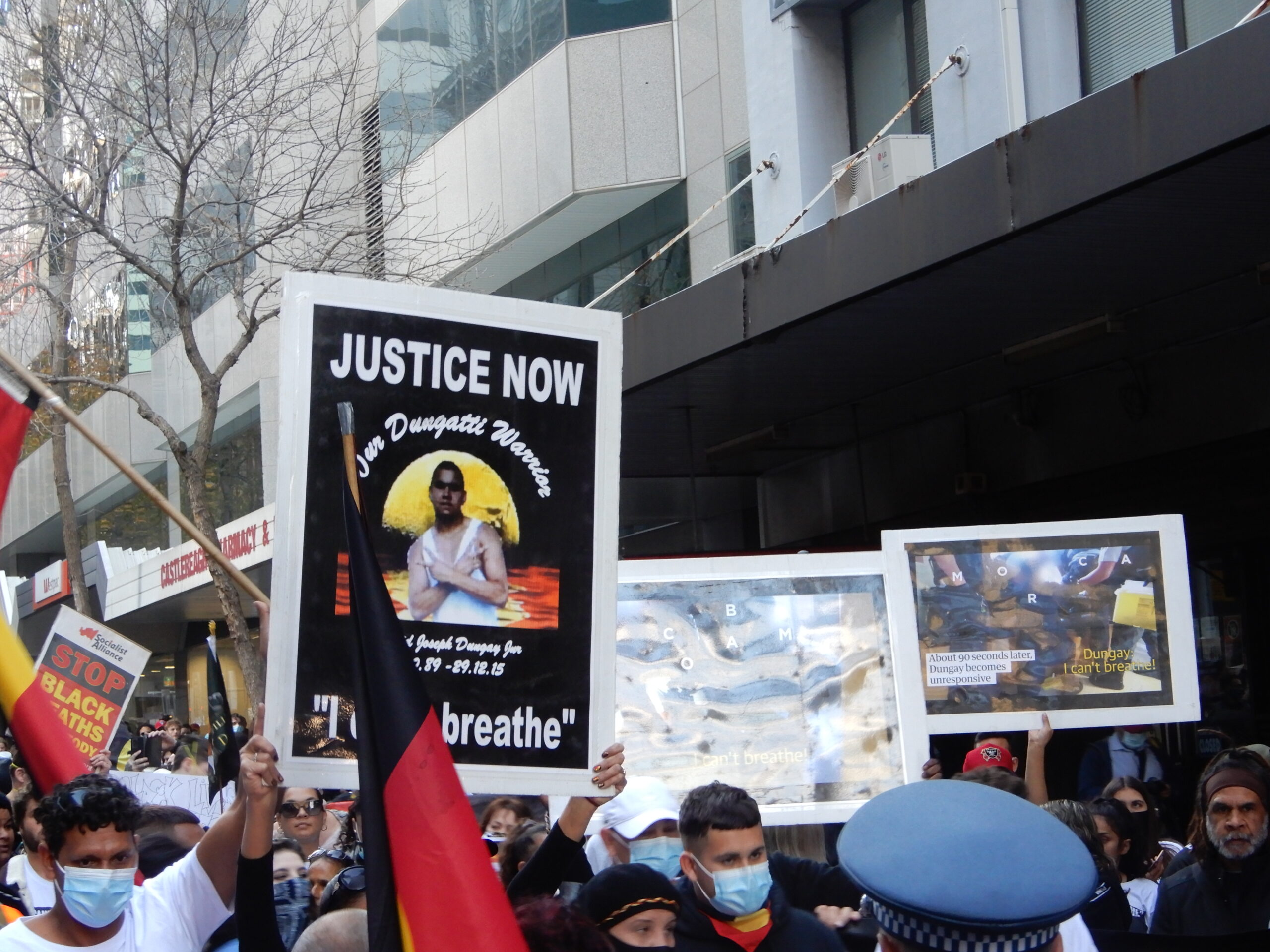
The continued land grab
Of course, the colonial project occurring on this continent has always been about a violent grab for land and resources. And this is no more apparent than in a series of 2020 incidents that have seen the ongoing destruction of First Nations country to make way for state-approved “progress”.
Rio Tinto blew up the Juukan rock caves in the Pilbara last May to allow for mine expansion. The site contained evidence of human habitation going back 46,000 years. And the mining giant had been informed that this was the case back in 2014.
The entire nation had been alerted to the sacred Djab Wurrung trees threatened by a Victorian highway project over recent years, however that didn’t stop the Andrews government sending in workers as the state came out of lockdown in October, to chop down one of the significant trees.
The federal and NSW government-sanctioned Santos Narrabri Gas project with its site located in the Pilliga Forest region is yet another example of where the frontline of the ongoing colonial grab for resources and violence against country has come to.
This time, it’s on Gomeroi Country. The Gomeroi Nation is currently mobilising against the project – that will destroy land, water systems, wildlife, flora and sacred sites – under the banner of Gamil Means No.
A convenient disconnect
But the starkest indication that Middle Australia isn’t acknowledging the violence continuing to be perpetrated in its name was indicated when it took the shocking murder of African American man George Floyd by police in the US to raise widespread concern over First Nations custody deaths here.
The nation did hold a Royal Commission into Aboriginal Deaths in Custody that made 339 recommendations, most of which were disregarded.
These were delivered in 1991, and since then there have been over 440 more First Nations deaths in custody.
The NSW Black Lives Matters rallies of the past half year have focused on the December 2015 killing of David Dungay Junior at the hands of five Long Bay prison guards.
However, despite being distinctly similar to the Floyd incident, there was no huge public outcry when the footage of David’s death was released.


